Table of content
Introduction
Stir-fried chicken giblets, known in Mandarin as bào chǎo jī zá (爆炒鸡杂), is a dish that embodies the culinary ingenuity of Chinese home cooks and chefs alike. Rooted in the philosophy of nose-to-tail eating, this humble yet vibrant recipe transforms offal—often overlooked in Western kitchens—into a masterpiece of flavor and texture. By marinating and stir-frying chicken gizzards, hearts, livers, and intestines with aromatic spices, chili peppers, and vegetables, the dish achieves a harmonious balance of spiciness, umami, and crunch. Beyond its gustatory appeal, bào chǎo jī zá reflects cultural values like frugality, respect for ingredients, and the art of turning “waste” into wonder. This article explores the history, techniques, and cultural significance of this beloved Sichuan-inspired dish, offering a deep dive into its preparation and global appeal.
The Origins and Cultural Context
The practice of using animal offal in Chinese cuisine dates back millennia, driven by necessity and reverence. In agrarian societies, where meat was a luxury, no part of the animal went to waste. Offal, including giblets, became staples in peasant households, valued for their affordability and nutritional density. Over time, these ingredients transitioned from survival foods to delicacies, celebrated in regional cuisines for their unique flavors.
Bào chǎo jī zá gained prominence in Sichuan province, a region famed for its málà (numbing-spicy) flavor profile. Sichuanese cooks mastered the art of masking offal’s potential gaminess with bold seasonings like dried chili peppers, Sichuan peppercorns, and fermented black beans. The dish’s name itself—bào chǎo (爆炒), meaning “explosively stir-fried”—hints at its fiery personality and the rapid cooking technique required to achieve tender giblets without overcooking.
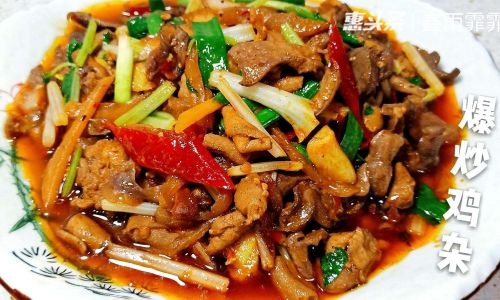
Today, bào chǎo jī zá appears on menus from bustling Chengdu night markets to family dinners in Beijing. Its popularity transcends borders, with adaptations emerging in Southeast Asian Chinese communities and even fusion restaurants abroad.
Ingredients: The Building Blocks of Flavor
Crafting authentic bào chǎo jī zá begins with sourcing the freshest giblets. While the exact mix may vary, the classic combination includes:
- Chicken Gizzards: The muscular stomach, prized for its chewy texture.
- Chicken Hearts: Tender and slightly metallic in taste.
- Chicken Livers: Rich, creamy, and delicate.
- Optional Additions: Intestines (cleaned meticulously) or kidneys for added complexity.
The supporting cast of ingredients amplifies the dish’s depth:
- Aromatics: Garlic, ginger, and scallions form the flavor base.
- Vegetables: Bell peppers, celery, or wood ear mushrooms add crunch.
- Spices: Dried red chilies, Sichuan peppercorns, and star anise provide heat and numbness.
- Sauces: Soy sauce, oyster sauce, and Chinkiang vinegar balance the spice.
- Thickeners: Cornstarch ensures a glossy, clinging sauce.
The Preparation Process: Precision Meets Passion
Cleaning and Tenderizing the Giblets
Giblets require meticulous cleaning to remove impurities:
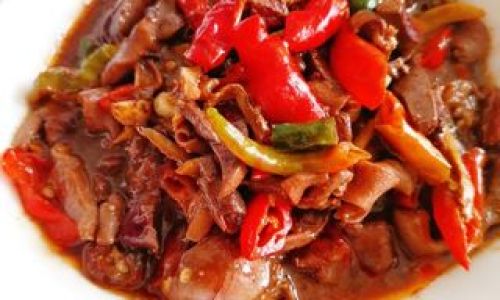
- Gizzards: Slice open, remove the tough inner lining, and scrub.
- Hearts: Trim excess fat and veins.
- Livers: Soak in milk or salted water to reduce bitterness.
Marinating is crucial to tenderize and infuse flavor:
- Toss giblets in a mixture of soy sauce, rice wine, cornstarch, and white pepper.
- Let rest for 20–30 minutes.
Mise en Place: The Key to Stir-Frying
Stir-frying demands speed and organization. Prepare:
- Aromatics: Minced garlic, julienned ginger, and sliced scallions.
- Chili Mix: Combine dried chilies (cut into sections) and Sichuan peppercorns.
- Vegetables: Thinly sliced bell peppers and celery.
- Sauce: Mix soy sauce, oyster sauce, vinegar, sugar, and cornstarch.
The Stir-Fry: A Dance of Fire and Motion
The wok (or skillet) must be scorching hot to achieve wok hei—the breath of the wok—that smoky aroma synonymous with Chinese cooking.
- Heat the Wok: Add oil (peanut or vegetable) and swirl to coat.
- Cook the Aromatics: Stir-fry garlic, ginger, and scallions until fragrant.
- Add Chilies and Peppercorns: Toast briefly to release their oils.
- Sear the Giblets: Add marinated giblets, stirring vigorously to prevent sticking.
- Incorporate Vegetables: Toss in bell peppers and celery, cooking until crisp-tender.
- Finish with Sauce: Pour in the sauce, stirring until it thickens and coats the ingredients.
Final Touches
Garnish with fresh cilantro, sesame oil, or a sprinkle of Sichuan peppercorn powder. Serve immediately with steamed rice or noodles.
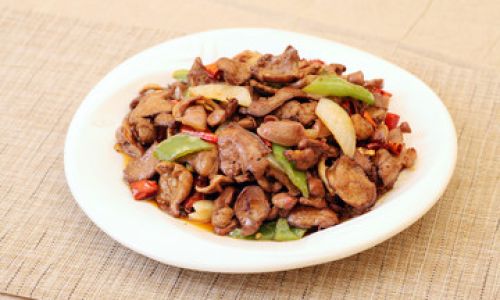
Regional Variations and Modern Twists
While Sichuan-style bào chǎo jī zá dominates, regional adaptations abound:
- Hunan Province: Swaps Sichuan peppercorns for fermented black beans, adding a fermented tang.
- Guangdong (Cantonese) Style: Uses lighter soy sauce and omits chili for a milder profile.
- Taiwanese Night Markets: Incorporates basil leaves and pickled mustard greens.
Modern chefs experiment with global fusion, such as:
- Korean-Inspired: Adding gochujang and kimchi.
- Mexican-Style: Pairing with tortillas and salsa.
- Vegetarian Versions: Using mushrooms or tofu to mimic giblets’ texture.
Health and Nutritional Considerations
Giblets are nutritional powerhouses, rich in:
- Protein: Essential for muscle repair.
- Vitamins: B12, riboflavin, and folate.
- Minerals: Iron, zinc, and selenium.
However, their cholesterol content warrants moderation, especially for those with cardiovascular concerns. Cooking methods also affect healthfulness; stir-frying minimizes oil absorption compared to deep-frying.
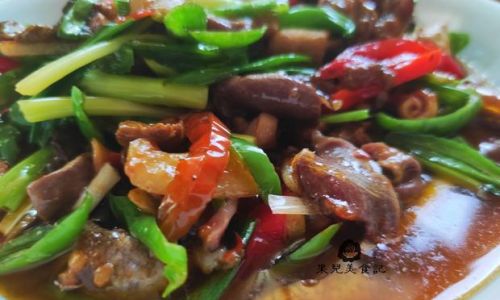
Cultural Symbolism and Modern Revival
In Chinese culture, offal dishes like bào chǎo jī zá symbolize humility and resourcefulness. They remind diners of ancestral struggles and the virtue of avoiding waste. Recently, the dish has gained traction in the nose-to-tail movement, championed by chefs like Fergus Henderson and René Redzepi, who advocate for sustainable eating.
Social media has also played a role, with food bloggers and influencers showcasing the dish’s vibrant colors and dynamic cooking process. Viral videos of sizzling woks and fiery chili flakes have piqued global curiosity, transforming bào chǎo jī zá into a culinary ambassador for Chinese gastronomy.
Pairing Suggestions and Serving Etiquette
Bào chǎo jī zá pairs beautifully with:
- Rice: Jasmine or sticky rice to soak up the sauce.
- Noodles: Stir-fried egg noodles or wheat noodles.
- Beverages: Cold Tsingtao beer, jasmine tea, or plum juice.
In formal settings, the dish is often served family-style, encouraging communal dining. Diners use chopsticks to mix the giblets with rice, savoring the contrast between the spicy sauce and starchy grains.
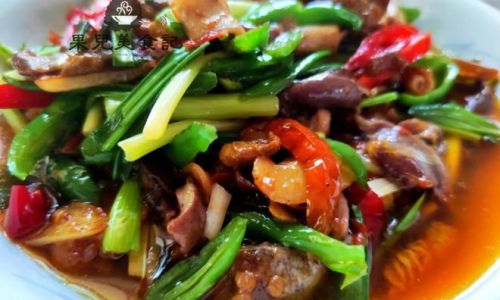
Conclusion: The Enduring Allure of Stir-Fried Chicken Giblets
Bào chǎo jī zá is more than a dish—it’s a testament to human creativity and cultural resilience. From its humble origins as peasant food to its current status as a global sensation, this stir-fry embodies the magic of Chinese cuisine: transforming the ordinary into the extraordinary. Whether enjoyed in a bustling Chengdu night market or a home kitchen, the dish invites diners to savor the past while embracing the future. So, the next time you encounter a plate of sizzling giblets, remember—you’re not just eating offal; you’re tasting history.





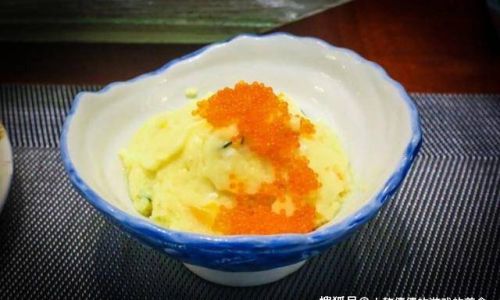
0 comments